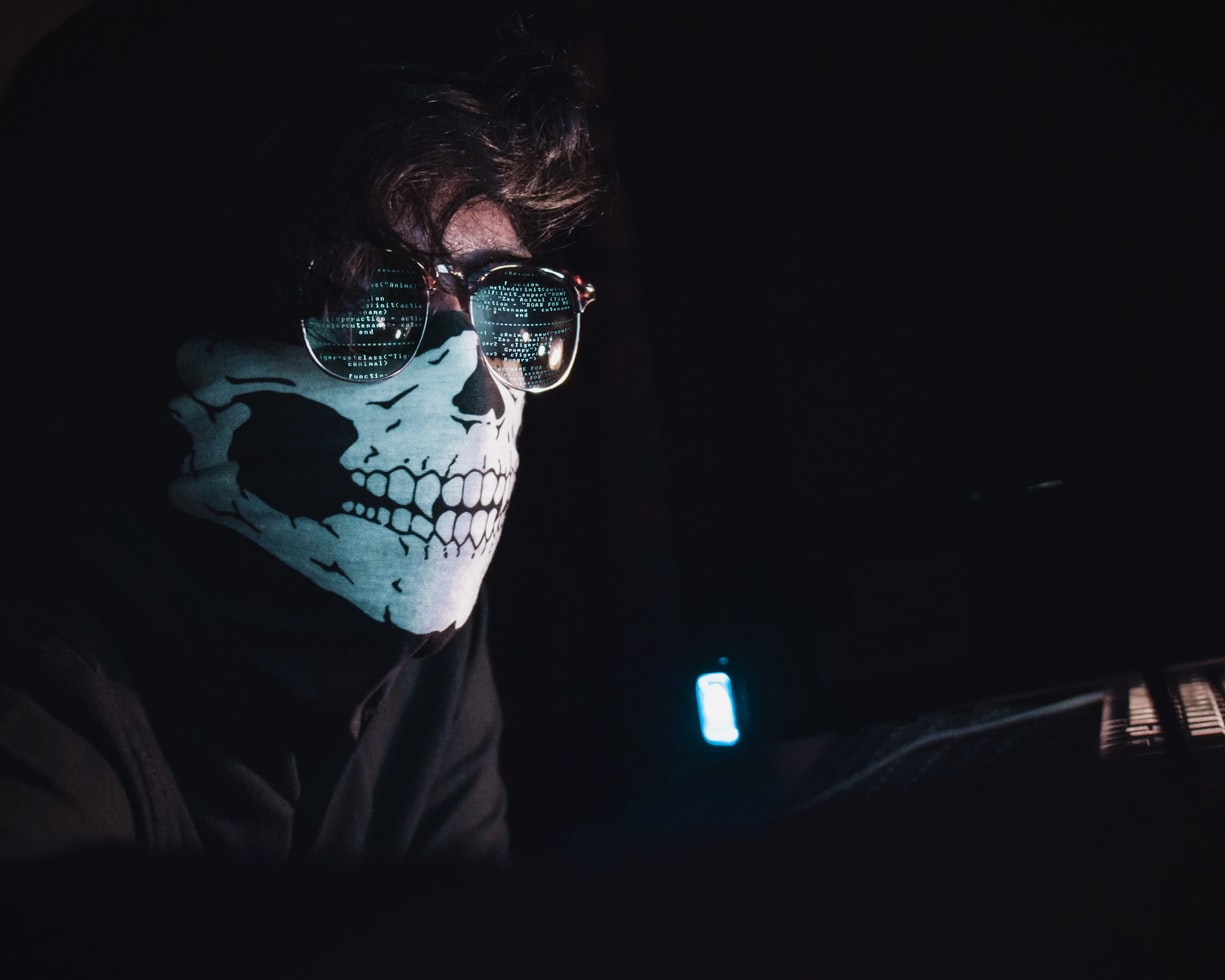Electronics, information technology and the Internet have decisively changed the modus operandi and vivendi of businesses, of ordinary citizens but also of those who carry out criminal activities
The anonymity, the slang, the speed and brevity of the information, the encrypted data, the construction of different personalities on-line, the insertion and sharing of files of any nature, favour the carrying out of illegal actions involving also individuals who, in the absence of a screen and an Internet network, would never have had the courage to carry out certain actions.1 Paradoxically, therefore, it is precisely the users who use chat and social networks who feel free to commit crimes, their imagination on the web has no boundaries, cyberspace is a deceptive, sensual and violent place. According to a study by the American sociologist David Finkelhor, the victims of cyber crime today are mainly minors and the contact with the perpetrator takes place mainly online, chatting in special reserved chat-rooms and precisely through instant message (10%) and e-mail (5%).

Cyber-bullies, cyber-pedophiles, cyber-terrorists, these are therefore the new criminals and this is the contemporary violent communication, these are the modern "criminals-superheroes", who do not always have a name or a face but who work and intrigue in the media. Deviant realities are those mediatic, virtual and social realities where there are no more borders and the risk of distortion of certain behaviors and languages becomes more and more concrete. This now common system of communicating, representing and narrating certain phenomena and individuals by the media and the uncontrollable and excessive curiosity of the spectator to know violence at all costs and present on the Net without limits and protections, does nothing but strengthen that individualism, that aggressiveness, that desire for domination and control over the other that characterize, today more than ever, human relations and the beginning of a new "culture of violence".2 It is therefore not only a problem of communication-relationship, but also a profound cultural problem. There is no longer a single cultural centre, but a plurality of very often contradictory and different (often deviant and violent) value options defined as a subset of cultural elements. A phenomenon that has grown exponentially and in step with new technologies is, as already mentioned, cyberbullying.

Cyber bullying is the evolution of bullying implemented in physical environments (school, gym, etc.): it is the use of information and communication technologies to harm or harass other people, in a deliberate and repeated way. It has moved on to cyberspace and virtual worlds, i.e. online, in communities, chat-rooms, etc. Cyberbullying transcends all the space-time constraints of bullying in presence as neither spatial contiguity (represented by the fact that the bully and victim are in the same physical environment) nor temporal simultaneity is needed anymore. In this way, therefore, the dangerous places become almost infinite, just like the virtual environments that a teenager can frequent, making the prevention of the phenomenon and the protection of those at risk of victimization complex. We have two fundamental components of which electronic bullying substantiates: on the one hand, the infrastructure of the online environment, as a bully can exploit the technical potential of a tool or a virtual environment to harass and intimidate the victim; on the other hand, the social community of the virtual environment, through the manipulation of relationships within an online community in such a way as to denigrate the social image of the victim.
The dangerous places become almost infinite, just like the virtual environments that a teenager can frequent, making the prevention of the phenomenon and the protection of those at risk of victimization complex
The main forms of cyber bullying can be: Online slander; harassment; social ostracism; dissemination of personal information; identity theft; photoshopping and happy-slapping. A series of characteristics of online communication exerts an important disinhibitory effect on individual behaviour, with two possible outcomes: benign disinhibition, i.e. the reduction of inhibitory processes that sometimes lead people to reveal and become aware of intimate aspects of themselves, such as fears, desires, needs, experiences, etc., and toxic disinhibition, which means that disinhibition can show a dangerous side of the coin, releasing aggressive and violent behaviour that instead remain inhibited in relationships in presence.

The positive or negative direction of uninhibiting processes will naturally depend on a number of individual and contextual variables. Toxic disinhibition, considered one of the main risk factors in the onset of cyber-bullying behaviour, is favoured by six fundamental dimensions of cyberspace: anonymity, i.e. the possibility of hiding one's identity or masking it in a fictitious way, allows the subject not to take direct responsibility for one's actions; invisibility: the fact of not feeling observed removes from the subject any concern about his own appearance; asynchronicity, which is represented by the fact that in many online tools there is an interval of time between sending a message and receiving a reply. This allows the subject to produce even very offensive messages, as he does not receive immediate feedback; the psychological overlap: the absence of signals induces the cybernaut to attribute to the written messages of others their own characteristics.
The possibility of hiding one's identity or masking it in a fictitious way, allows the subject not to take direct responsibility for one's actions
This sort of psychological fusion obviously blurs the identity of the other as a real person and this favours even more the disinhibition of aggressive acts; the imaginative dissociation: the presence of a playful character obviously favours the emergence also of deviant behaviours, whose perception of danger is thus reduced or even cancelled; the levelling of authority: this levelling is sometimes at the origin of cyber-bullying behaviours directed against adult figures, such as teachers. In addition, the zeroing of authority further reduces the fear of sanctions. Obviously, we cannot assume these dimensions of cyberspace as deterministic factors according to a unilateral model, but we must consider them in interaction with certain individual variables, which favour the risk of aggressive behaviour.

Cyberbullying can have devastating consequences. Suicide is one of them. Cases of young boys committing suicide as a result of cyberbullying are increasingly in the public eye. Carolina Picchio was a 14-year-old girl from Novara, Italy, near Milan.3 She had an enviously beautiful face and a bright future was in her way. However, at night, on January 4, Carolina jumped out of her bedroom window from her family's fourth-floor apartment. Before she jumped, she updated her Facebook status with this post: "Forgive me if I'm not strong. I can't take it anymore."
A suggestive video of her, shot at a drinking party, was uploaded without Carolina's permission by her ex-boyfriend. Moreover, the guys sent her some bad messages and cyberbullied her on Facebook with several insults and threats. In a similar case, in which Google Italy officials failed to delete an offensive video that led to suicide, the prosecution was able to accuse officials of manslaughter for shirking their responsibility to provide a safe haven for Internet users.